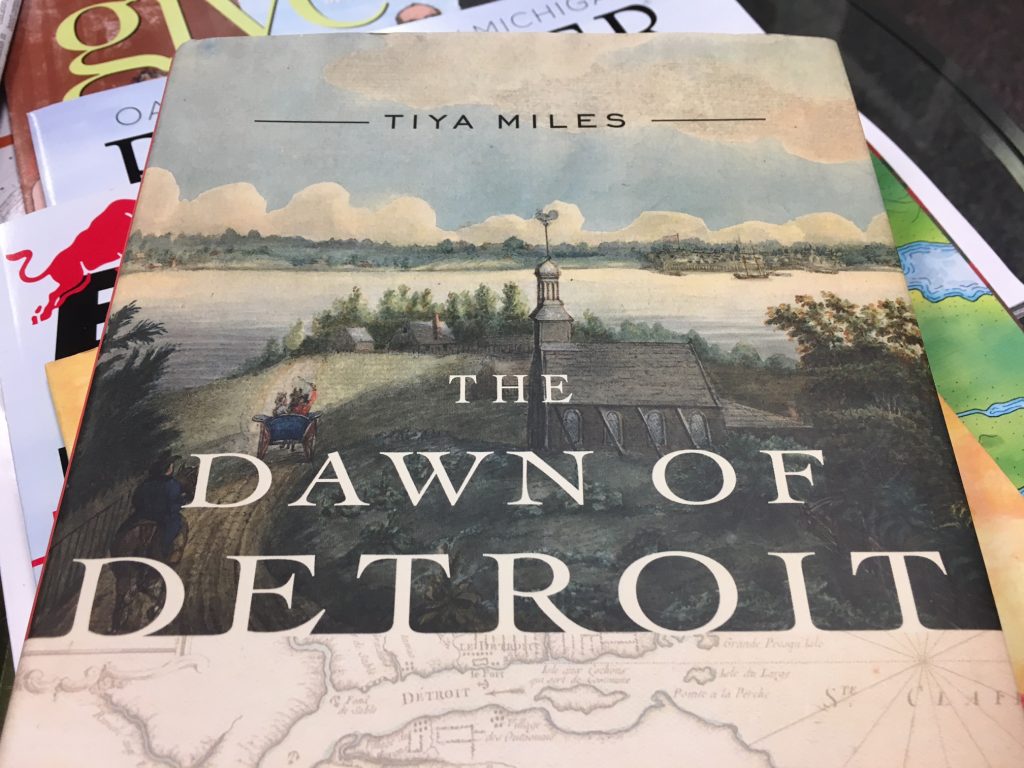New Book Explores Slavery in Detroit
“Slave owners adapted slavery to their needs depending upon the environments,” says U of M history professor Tiya Miles.


Discussion about slavery in the United States is usually in the context of the American south and the legacy of racism that remains today. We have a tendency in the north to look at slavery and overt racism as something that is apart from us.
What if history of slavery in Michigan stretched beyond the salvation of the Underground Railroad? What if the north wasn’t all abolitionists and defenders of Justice for All? What if we talked about slavery’s evil economy powering Detroit as well?
Tiya Miles, history professor at University of Michigan, wrote “The Dawn of Detroit: A Chronicle of Slavery and Freedom in the City of the Straits” a book examining the history of slavery in Detroit.
Miles speaks with Detroit Today host Stephen Henderson about her book and the lesser known aspects of slavery in Detroit.
Miles who is from Cincinnati, Ohio grew up with “a positive identity connected to the midwest and the Great Lakes” as free states.
“When I started doing this research and realized that people had been enslaved in Detroit and in Michigan going back to at least the 1750s…I was completely shocked,” says Miles.
Michigan’s natural, wooded habitat and Detroit’s industrial history doesn’t exactly gel with the notion that slavery only existed in southern cotton and tobacco fields.
“But really…slave owners adapted slavery to their needs depending upon the environments,” Miles says. “Up here in Michigan…the fur trade was the chief economic enterprise.”
According to Miles, “what enslaved people in Detroit were really put to work doing was furthering (the fur) trade.”
“Black men tended to be packaging furs and transporting furs across great distances,” she says. “Native American men were also enslaved doing the same thing. Black women (and) Native women were working inside of households in Detroit.”
Click on the audio player above for the full conversation.
